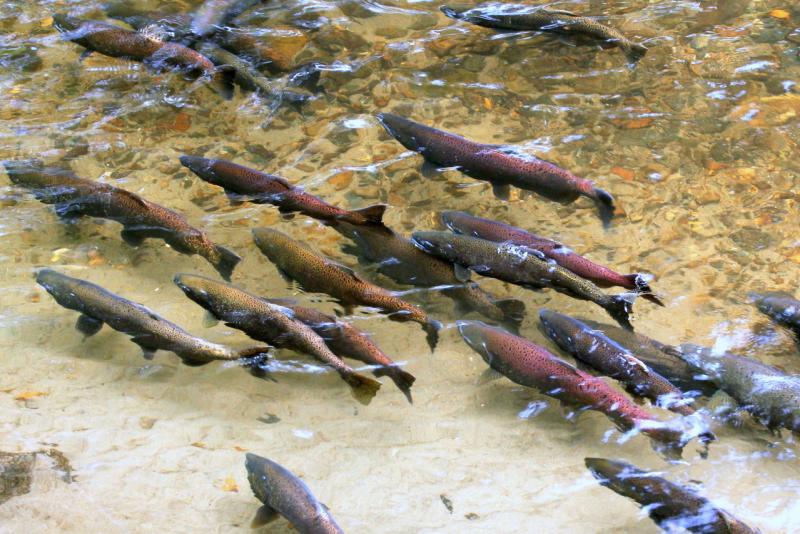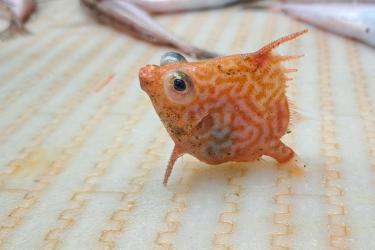Not too long ago, the impacts of climate change felt somewhat far off for many Americans. Despite NOAA scientists’ reports, in many cases, people viewed these warnings as on the horizon rather than at our doorstep.
No one has to peer into the distance anymore to see dramatic climate-driven changes. They’re already impacting the nation’s valuable marine life and ecosystems and the many communities and economies that depend on them.
Just a few examples of these recent impacts on our nation’s oceans resources:
-
Rising ocean temperatures have led to global coral bleaching events
-
Warming conditions in the Arctic have led to declining health conditions of seals who depend on sea ice
-
A 2013-2016 marine heatwave in the Eastern Pacific Ocean that rattled the entire ocean ecosystem
While our researchers travel to the far reaches of the Arctic and the ocean depths to gather data and understand it, U.S. commercial and recreational fishermen see climate change impacts much closer to home—in their daily catches. Warming waters have already led to rapid shifts in fish species distribution that have impacted whole fishing communities. I saw the negative impacts of these shifts during my time in Rhode Island. In just one generation, species like winter flounder and American lobster, which were some of the most lucrative landings in the state’s commercial fisheries, saw severe drops in landings and profitability.
And NOAA Fisheries researchers expect these shifts to continue. In a recent climate vulnerability assessment, they found that about half of the 82 Northeast Shelf species examined—including key commercial and recreational species like sea scallops, oysters, lobsters, blue crab, and winter flounder—have a high vulnerability to climate change.
Climate change impacts every corner of our science-based marine conservation and management mission—from managing sustainable fisheries and aquaculture, to conserving protected resources and vital habitats. It is urgent and top of mind at NOAA Fisheries.
This week, the devastation of climate impacts and the promise of potential mitigation measures will be in a global spotlight at the United Nations Climate Change Conference (COP26) in Scotland. I am very proud that NOAA Administrator Dr. Rick Spinrad is a key member of the U.S. delegation to COP26, along with NOAA’s Senior Climate Advisor Ko Barrett. As Rick reminded us recently, “NOAA plays a critical role in delivering world-class science, data, services and innovative solutions to help the world adapt to our changing planet.” And, in the end, that is what we’re all focused on . . . finding solutions.
We know that to address this climate crisis we must reduce emissions and prepare for unavoidable impacts. NOAA Fisheries has a very important role to play in helping better plan and adapt. In fact, climate change has been extremely important in NOAA Fisheries’ work since its founding 150 years ago. Our scientists and researchers continue to study and strengthen our understanding of changing ocean conditions and the effects on our ocean resources.
These strong scientific data and research methodologies underlie all of NOAA Fisheries’ climate products and services, such as Regional Ecosystem Status reports and NOAA’s Climate and Fisheries Initiative.
With these resources, we’re continuing to provide resource managers and stakeholders the best-in-class climate, ocean, and ecosystem information. They use it to assess risks, identify adaptation strategies, and safeguard the nation’s marine resources and the communities that depend on them.
Along with our partners across NOAA—including the Weather Service, the Office of Research, the Ocean Service, NOAA Satellites, and the Office of Marine and Aviation Operations—I am optimistic that we’re doing everything we can at NOAA Fisheries to contribute to the urgent national and international goal of addressing the climate crisis.
Janet Coit
Assistant Administrator, NOAA Fisheries



